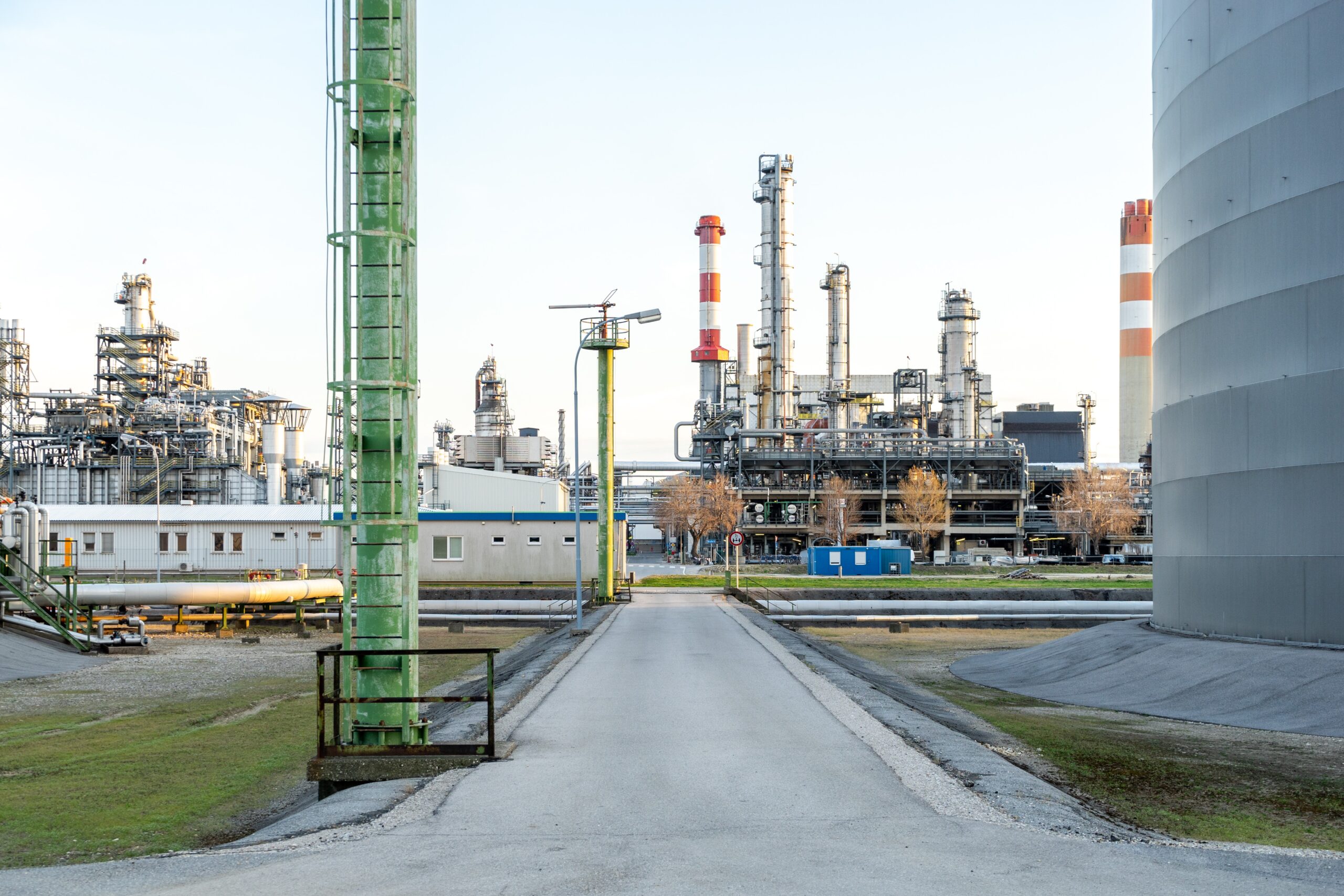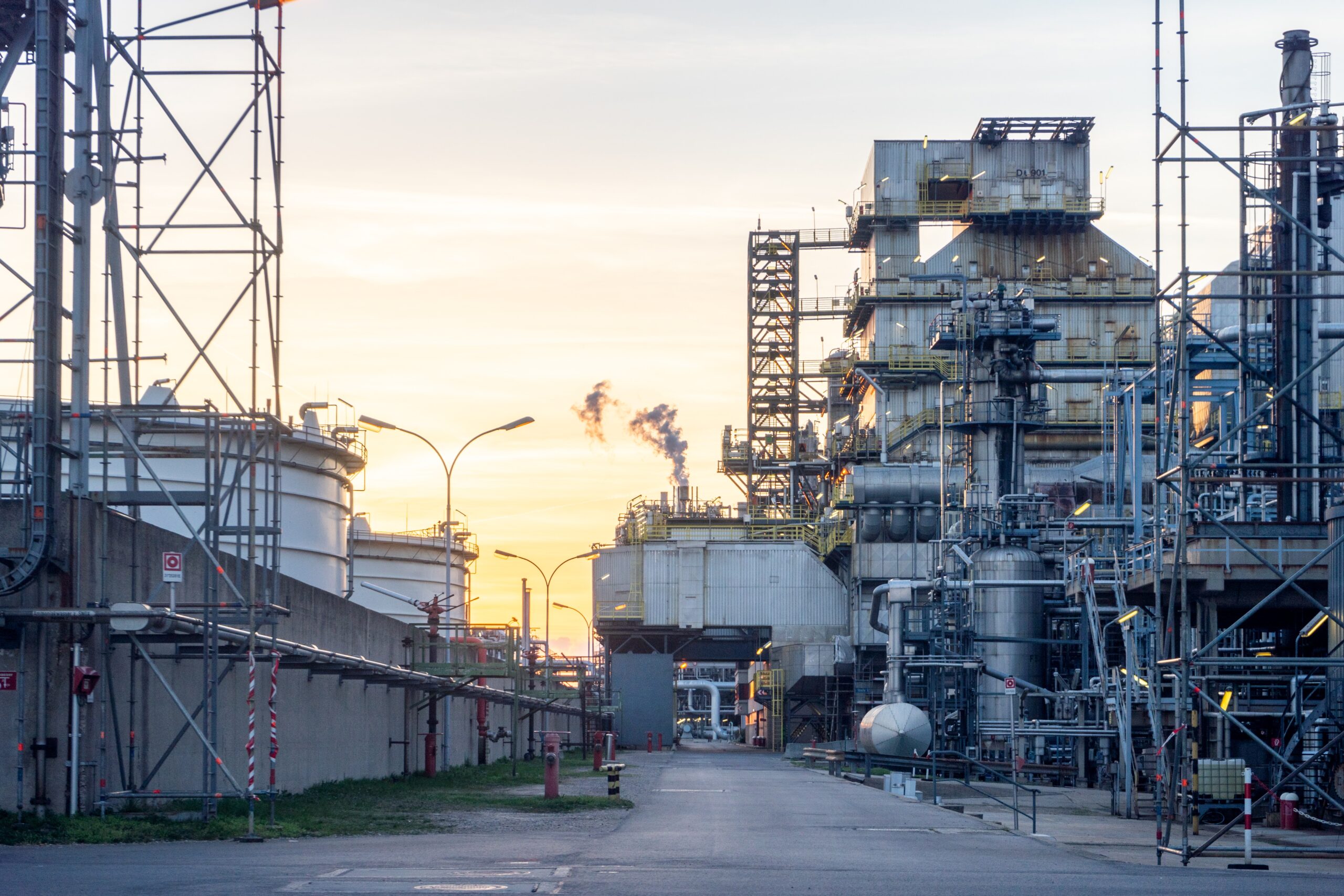In the world of oil and gas, petrochemical, power, and industrial plants, piping systems form the essential lifelines that transport fluids—from raw feedstocks to finished products. But designing and delivering a piping system is far more than drawing lines and selecting pipe sizes. It requires a disciplined, phased lifecycle approach—ensuring that technical, safety, cost, and operational factors are integrated from day one.
This blog post explores the complete lifecycle of piping engineering—from initial concept to successful operation—highlighting what happens in each phase, the key deliverables, and best practices for success.
1. Concept Development and Feasibility Study
The journey of every piping system begins with a vision. At the concept phase, the goal is to evaluate whether a project is technically and financially viable.
Key Activities
- Define project scope and objectives (e.g., transport crude oil from storage to processing unit).
- Conduct high-level process flow analysis.
- Determine fluid properties, initial line sizes, and rough routes.
- Identify applicable codes (e.g., ASME B31.3, API standards).
- Perform cost-benefit analysis and risk identification.
Deliverables
- Process Flow Diagrams (PFDs)
- Feasibility report
- Initial plot plan or layout sketch
- Budgetary cost estimate (±30%)
- Project risk register
Goal: Provide enough information for management to make a go/no-go decision.
2. Front-End Engineering Design (FEED)
FEED develops the initial concept into a clearly defined technical basis. This phase is critical to fix the scope, freeze the basis of design, and minimize costly changes during detailed engineering.
Key Activities
- Create Piping and Instrumentation Diagrams (P&IDs)
- Define major equipment and pipe routing corridors
- Develop the Basis of Design (BoD) document
- Conduct process simulation and line sizing
- Select piping materials, define classes (carbon steel, stainless steel, etc.)
- Identify special service lines (e.g., high-temperature, sour service)
- Perform HAZOP (Hazard and Operability) study
Deliverables
- P&IDs with control and safety instrumentation
- Preliminary 3D model or layout
- Utility and chemical service diagrams
- Piping material specifications (PMS)
- Updated cost estimate (±15%)
- Project Execution Plan (PEP)
Goal: Develop a solid, approved design baseline to transition to detailed engineering.
3. Detailed Engineering and Design
This is the most technical and resource-intensive phase. Here, every component is specified, modeled, analyzed, and documented for construction.
Key Activities
- Finalize piping isometrics and spool drawings
- Perform pipe stress analysis using software like Caesar II or AutoPIPE
- Conduct support and hanger design
- Complete detailed 3D modeling and clash detection
- Generate Line List and Valve List
- Produce Bill of Materials (BOM) for procurement
- Develop construction work packages (CWPs)
Deliverables
- Issued for Construction (IFC) drawings
- Stress analysis reports
- Isometric drawings and spool sheets
- Material Take-Offs (MTOs)
- 3D Model reviews (30%, 60%, 90%)
- Fabrication and erection plans
Goal: Create 100% technically sound and buildable design packages.
4. Procurement and Vendor Coordination
In this phase, long lead items and bulk materials are purchased based on the detailed design. Efficient procurement is vital for project scheduling.
Key Activities
- Issue Requests for Quotation (RFQ) to suppliers
- Evaluate vendor bids (technical and commercial)
- Finalize purchase orders
- Review vendor documentation (e.g., GA drawings, WPS, ITP)
- Conduct Factory Acceptance Testing (FAT)
- Monitor delivery timelines and quality control
Deliverables
- Procurement status report
- Vendor Data Book (VDB)
- Inspection and Test Plans (ITPs)
- Logistics and warehousing plans
Goal: Ensure timely delivery of compliant piping components and systems to site.
5. Construction and Erection
The designed system is now built in the field, requiring tight coordination between engineering, construction, QA/QC, and HSE teams.
Key Activities
- Spool fabrication and on-site pipe erection
- Welding and non-destructive testing (NDT)
- Hydrostatic or pneumatic pressure testing
- Installation of supports, hangers, insulation
- Field redlines and As-built documentation
- Flange management and joint integrity assurance
Deliverables
- Weld maps and NDT reports
- Test packs and pressure test certificates
- Flange torque/tension records
- Field Quality Control (FQC) documentation
- Updated As-Built Drawings
Goal: Build a fully tested, code-compliant piping system ready for operation.
6. Pre-Commissioning and Commissioning
Once construction is completed, the system is prepared for safe startup through a series of tests and checks.
Key Activities
- Flushing, blowing, or chemical cleaning of pipelines
- Drying, inerting (e.g., nitrogen purge) as required
- Instrumentation loop checks
- Punch list generation and resolution
- Initial energization and leak testing
Deliverables
- System Turnover Packages (TOPs)
- Pre-commissioning and commissioning reports
- PSSR (Pre-Startup Safety Review) checklists
- Completion of final punch list
Goal: Verify piping system integrity and readiness for fluid introduction.
7. Operation and Maintenance (O&M)
Once in service, the piping system must be monitored and maintained to ensure performance and safety throughout its lifecycle.
Key Activities
- Implement routine inspections (e.g., thickness measurements, visual checks)
- Manage corrosion through coatings, inhibitors, and cathodic protection
- Monitor vibrations and dynamic loading (especially in rotating equipment piping)
- Perform preventive and corrective maintenance
- Update inspection records and maintenance logs
Deliverables
- Piping Integrity Management Plan
- Inspection reports and repair records
- Digital Twin or CMMS system integration
- O&M manuals and training documentation
Goal: Maximize operational uptime and extend the system’s service life.
8. Modifications, Debottlenecking, and Decommissioning
Over time, operational needs change. Piping systems are often modified, expanded, or eventually decommissioned.
Key Activities
- Conduct rerouting and tie-ins for brownfield modifications
- Perform hot tapping or cut-ins during live operations
- Revise drawings and update as-builts post-modification
- Plan for safe and environmentally responsible decommissioning
- Remove hazardous materials and clean pipelines before dismantling
The piping engineering lifecycle is not just a sequence of technical steps—it’s a carefully orchestrated process involving design, procurement, construction, commissioning, and long-term operations. Success in this domain demands not only technical proficiency but also project management discipline, coordination, and foresight.
Whether you are a fresh graduate entering the field or an experienced engineer managing a multidisciplinary team, understanding the full lifecycle of piping systems equips you to deliver robust, safe, and cost-effective engineering solutions.



